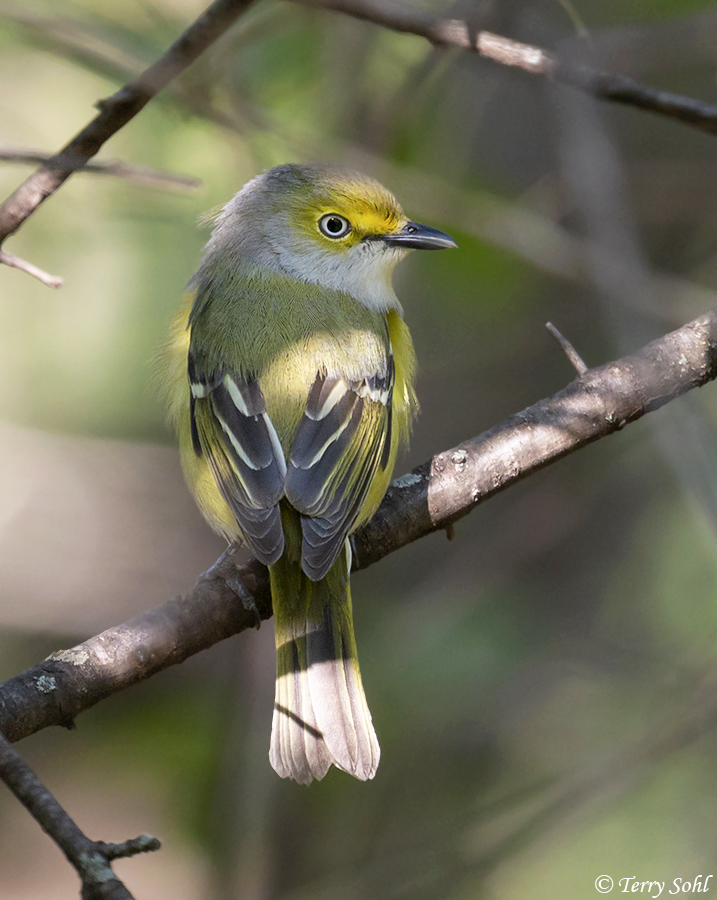As this spring comes to an end in a few days, I was fortunate enough to add not only two more warblers to my 2020 list, but two new life birds! I’ve birded throughout the western US, but haven’t done much of anything in the Southeast. Therefore when people started seeing a Hooded Warbler and a Kentucky Warbler in Newton Hills State Park this spring, I tried three times to try to find them, to no avail.
Both are extreme rarities in South Dakota. The closest are where Hooded Warblers normally breed is Missouri or Illinois, hundreds of miles to the south and east. Kentucky Warblers are normally a bit closer, with small breeding populations in southeastern Nebraska and southeastern Iowa, but like Hooded Warblers, they’re just not found in South Dakota. Earlier this week, it was reported that both species were still hanging around Newton Hills, so Thursday night I made the trek down, not really expecting to see them.
The Hooded Warbler though was right in the same dead tree along a trail where he’s been often seen by others this spring! He sang a few times from the top of the tree, then flitted off to another more distant perch. I didn’t see him again after that initial sighting, but I heard his singing a few more times as I continued up the trail.
Success! A lifer! I would have been very happy for the day had that been the only bird I saw, but I kept going down the trail to where the Kentucky Warbler had been seen. From the reports it didn’t seem like he was quite as loyal to a given spot as the Hooded was, so I didn’t know exactly where to look for him. I was only 100-150 yards away from where I saw and photographed the Hooded Warbler when I heard it…a series of warbling phrases, somewhat similar to an Ovenbird, but without the Ovenbird’s rise in volume an intensity as the song went along. It was a sustained, loud series of phrases, repeated multiple times. But where? It seemed like after initially hearing the bird, it retreated further into the forest, as I heard the song again, but seemingly quite a bit more distant.
I didn’t hear the song for a few minutes, so thought I’d continue down the trail. After going down the trail for 20 minutes or so and not seeing or hearing anything interesting, I started heading back, and as I approached the area where I’d first heard the Kentucky Warbler, I heard it again. MUCH closer. And again! And…there he was, practically right above my head! I initially got some really good binocular views of him, then set out to try to photograph him. He wasn’t particularly shy, flying from perch to perch, foraging a bit, stopping to sing, then moving on, but he was always pretty high up in the canopy, and often moving. Finally I did manage some decent long-distance record shots that clearly identified it as a Kentucky Warbler.
Two lifers! Within just a hundred or so yards! The two warblers also brought up my warbler total for the spring to 26!! A terrific warbler migration by any measure. I know some other birders saw a few additional species this spring, but all are pretty good finds in South Dakota (Cape May, Black-throated Blue, Connecticut).
Here are a few pics of the Hooded and Kentucky Warblers (not great but hey…lifers!), as well as a montage of the 26 species of warblers I saw this spring.






































